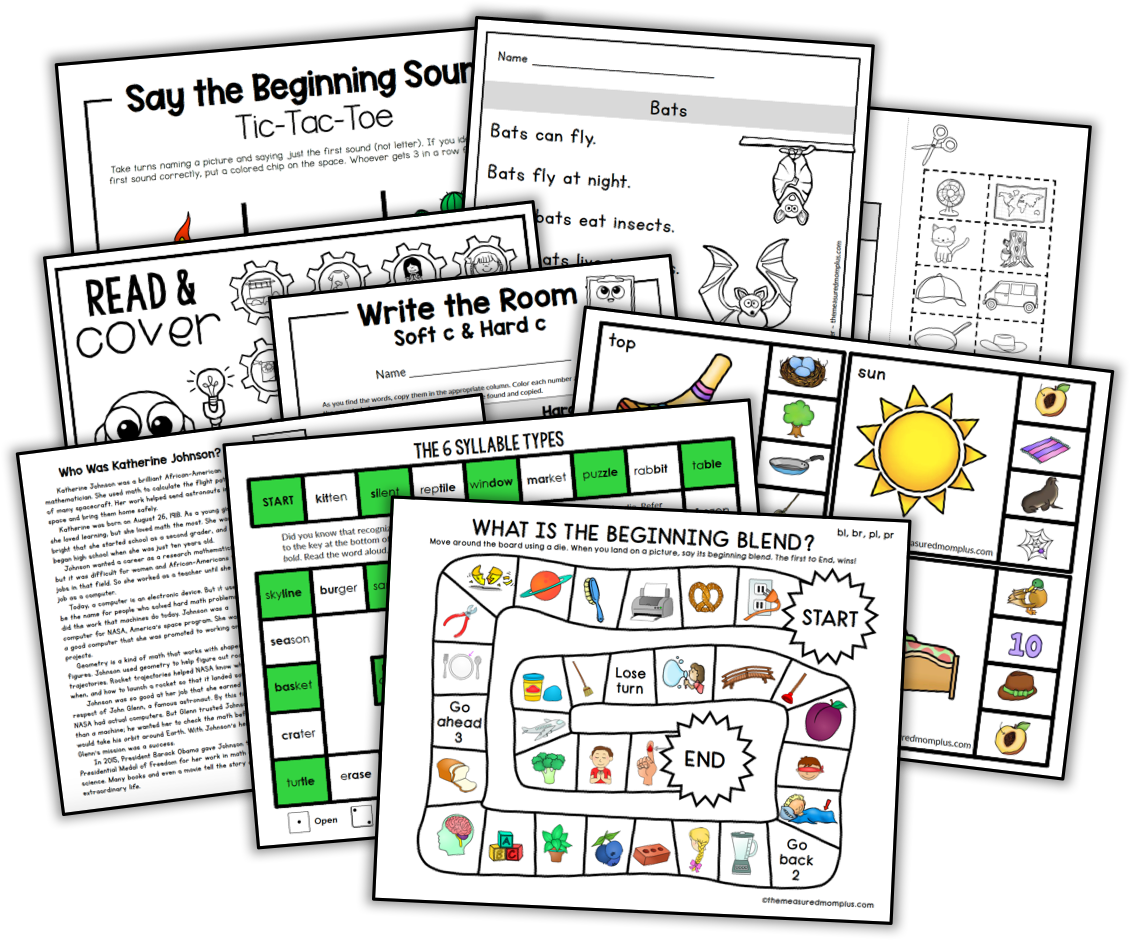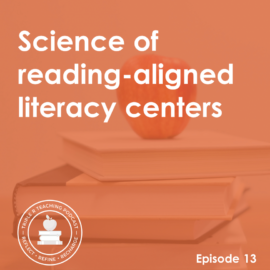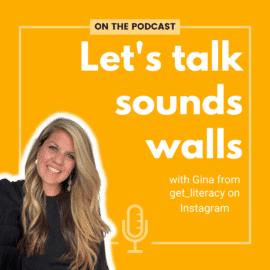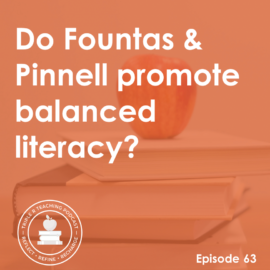
TRT Podcast#20: Fluency quick win
Here’s how to boost your students’ morphological awareness so they can read longer words and improve their reading fluency at the same time!
Listen to the episode here
Full episode transcript
In today's Quick Win episode, we're going to take a look at building fluency and we're going to talk about something you maybe haven't thought about too much when it comes to fluency, and that is morphological awareness. By that I'm just talking about helping students read related words that have the same morphemes.
A morpheme is the smallest meaningful unit of a word. A morphological set could be, for example, happy, unhappy, happiness, happily, or warm, warmer, warmest, warmth. The tricky thing about words that are connected in this way is that sometimes the same parts of the word are pronounced differently, depending on the endings that you put on, maybe there's a new schwa in the word, so it's good to give students practice reading words in these same families.
In the book "Multisensory Teaching of Basic Language Skills," they recommend doing this. First of all, you're going to provide several sets of easy examples like the ones I just gave you. Read them to the students, and you could come up with a name for the group such as morphological friends, morphological families, or morph mates is what they share in the book. But what you want to do is just have a word to refer to a particular group of related words.
Then you're going to provide more examples appropriate to your students' age and stage. You're going to read these aloud so they can hear how the words change in pronunciation. Other examples in the book are manage, manager, management, or sign, signing, signer, signature, signatory. You want to make sure that you provide the example sentences for how to use these words rather than ask your students to do it.
Now that you've introduced these word families, we can call them, you're going to make drill cards and the cards would have the core word on one side, for example, the word sign. The variants would be on side two, so it would be signing, signer, signature, signatory, and so on.
On separate cards, you would provide multiple helpful sentences with each of the variants. For example, "Mom put her signature on the school release form," or "A sign said that the road was closed."
Then you're going to create activities, which could be for the whole class, small groups, or partners, that allow students to practice linking the core word, which is the one side, with the variants on the other side, and with those sentences. You want your students to be reading both the words and the sentences aloud. They can match the variant sentences to the core word.
Let's say you've got the card with sign on it and then you've got these other cards with the sentences. This could be at a center. They practice reading those sentences aloud and matching them to the core word. If they have a sentence that says, "Mom put her signature on the school release form," they would match that to the word sign. You want to make sure they are always, ALWAYS reading the core word and the sentence aloud.
You can actually do this with very beginning readers and very simple word families like sit, sitting, and sat, and then, of course, the more advanced ones, including words like sign, signer, signature, signifying.
That was something to think about in our quick win for fluency. Include morphological awareness in your instruction and then in independent practice as well. You can find the show notes for this episode at themeasuredmom.com/episode20.
Sign up to receive email updates
Enter your name and email address below and I'll send you periodic updates about the podcast.
Reference
- Multisensory Teaching of Basic Language Skills, by Judith R. Birsh and Suzanne Carreker (highly recommended!)







Leave a Comment